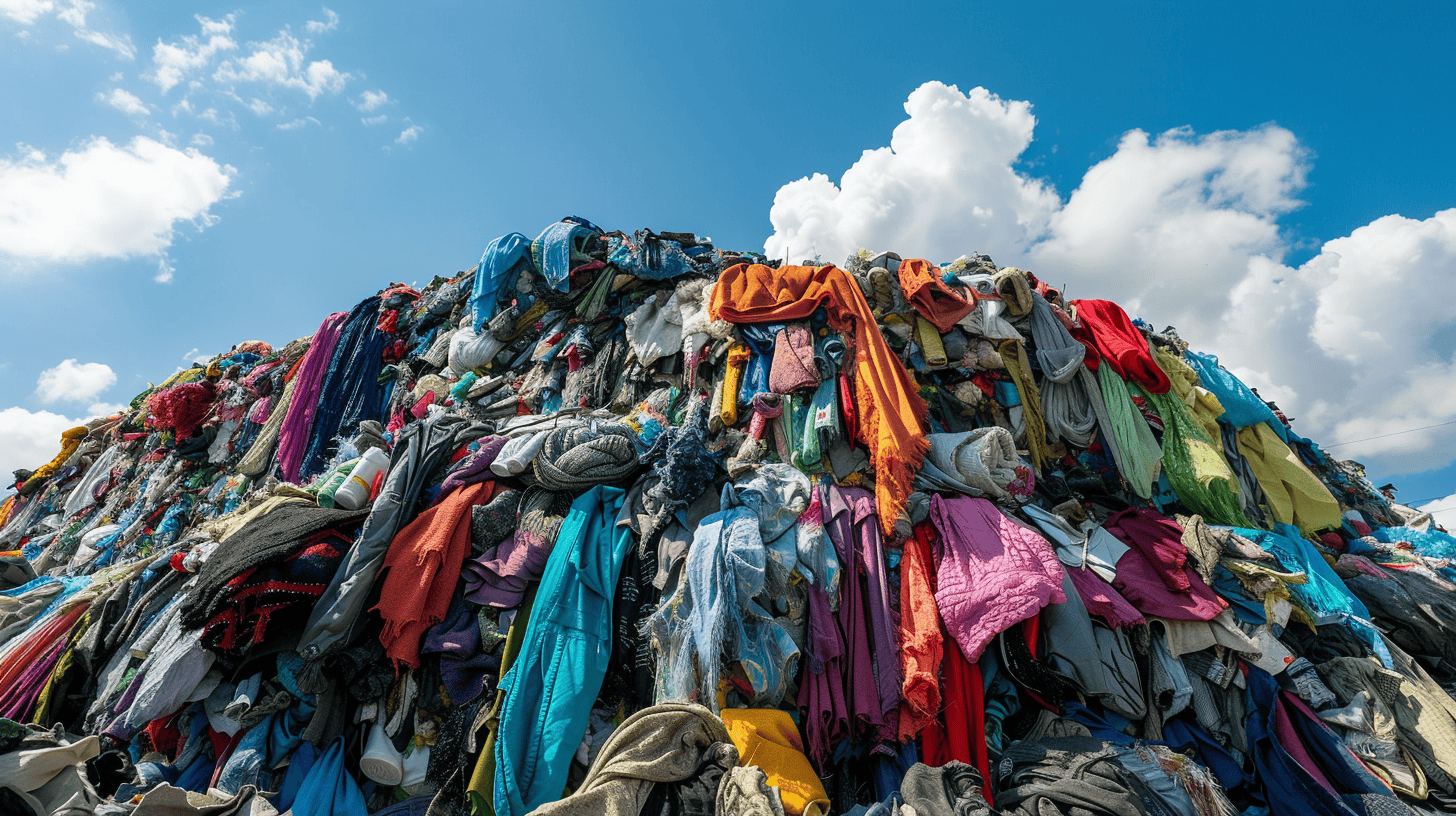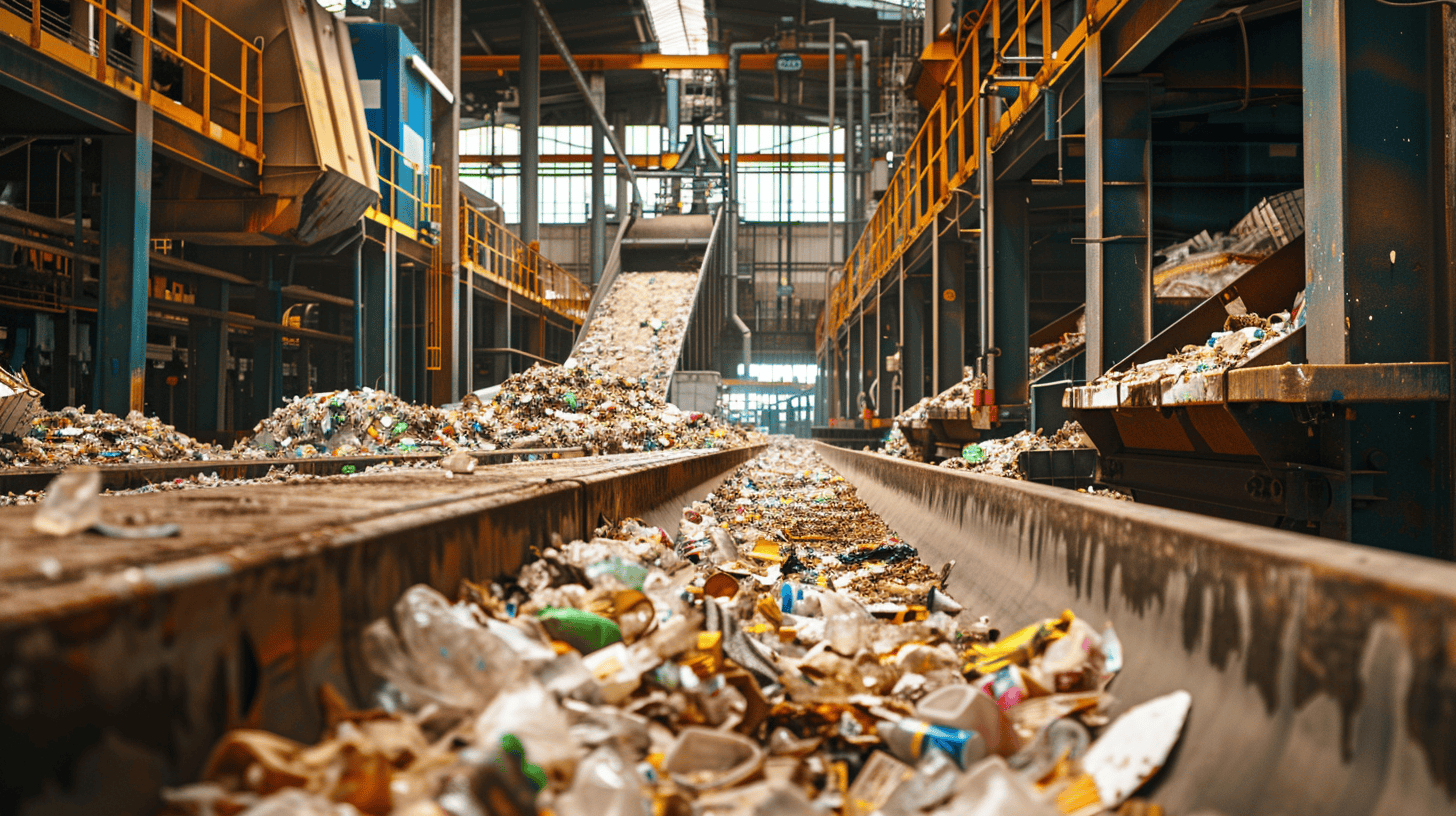
A report from the European Environmental Agency has unveiled the dire state of textile waste management in Europe. In 2020 alone, Europe produced 6.95 million tonnes of textile waste- -16 kilograms per person – but only 12% was properly recycled or reused. This alarming statistic has spurred the EU to implement groundbreaking regulations requiring separate textile waste collection by 2025. The current system, where most used textiles are discarded with general waste and face incineration or landfill, is unsustainable. The push for improved sorting and recycling infrastructure is urgent as Europe confronts the environmental impact of its fashion industry.
Why this is important:
Next year, the EU’s Waste Framework Directive will come into force, tackling waste management across the bloc. Textile waste is one of the areas in which EU countries need to catch up more.
The environmental impact of such waste is considerable. Textiles have a sizable carbon footprint due to the energy-intensive processes involved in their production, from the cultivation of fibers like cotton to the chemical treatments applied during manufacturing. When these materials are not recycled or reused, their environmental cost is compounded. To tackle this, the EU’s Waste Framework Directive (WFD) now mandates Member States to implement separate textile collection systems by 2025.
Understanding the circularity of textiles
Understanding the difference between reuse and recycling is vital in addressing textile waste. Reuse involves using items again as they are, which is more sustainable than recycling, where products are broken down to create something new. Reuse retains the value and energy invested in the original manufacturing process, hence its environmental superiority. The European Environmental Agency’s figures show that the EU has a long way to go in maximizing the potential of reuse.
The average capture rate for textile waste in Europe is a mere 12%, indicating that a predominant amount of textile waste is mixed municipal waste. Currently, most EU Member States have systems to capture reusable textiles, but the infrastructure for recycling is not sufficiently developed. The European Commission has proposed a revision of the WFD to introduce mandatory Extended Producer Responsibility for textiles in all Member States, which could incentivize producers to design products with a longer life cycle and easier recyclability.
Despite the proposed changes, there are concerns about interpreting textile waste data due to the lack of harmonized reporting methods across Europe. This discrepancy could lead to challenges in assessing the true scale of the problem and the effectiveness of implemented solutions. The EEA cites a need for harmonized definitions and reporting practices on used and waste textiles to improve management.
Challenges ahead: Quality, capacity, and reporting
The transition to a separate collection system may also lead to an unintended consequence: a decreased quality of collected textiles. With increased quantities, sorting facilities could face difficulties maintaining high-quality outputs suitable for reuse or high-grade recycling. Moreover, the existing infrastructure is not yet equipped to handle the anticipated volume of textiles. Current estimates suggest the EU can store around 1.5 million tonnes of used and waste textiles annually. However, the total amount of textile waste generated far exceeds this capacity.
More encouragingly, the EU is home to 17 textile recycling companies expected to recycle between 1.25 and 1.3 million tonnes of fibers annually by 2025. The industry is poised to grow, with mechanical recycling predicted to handle 1 million tonnes and chemical recycling around 250,000 tonnes. These developments are crucial for the EU’s ambition to transition towards a circular economy where products are kept in use for as long as possible.

Extended producer responsibility and the socio-economic angle
As part of the solution, the European Commission’s proposed harmonized Extended Producer Responsibility (EPR) regulations for textiles aim to shift the industry towards sustainable practices. These regulations could include subsidies for textile repairs funded through EPR fees and tax reductions for repair and reuse practices. Such measures would reduce waste and offer socio-economic benefits by creating jobs within the EU rather than outsourcing to regions with lower labor costs.
There’s a strong case for promoting reuse and repair over recycling. Reuse extends the product’s lifespan, reduces demand for new textiles, and lessens the environmental burden. Repair practices can also encourage a shift in consumer behavior, fostering a culture of valuing and maintaining what we already own.
However, the variations in data regarding generated and collected textile waste pose a significant challenge. These could stem from differing interpretations of what constitutes waste versus used textiles. To address this, there are calls for improved and standardized reporting on how textiles are collected and prepared for reuse. Such measures would provide a clearer picture of the textile management landscape across Europe.







